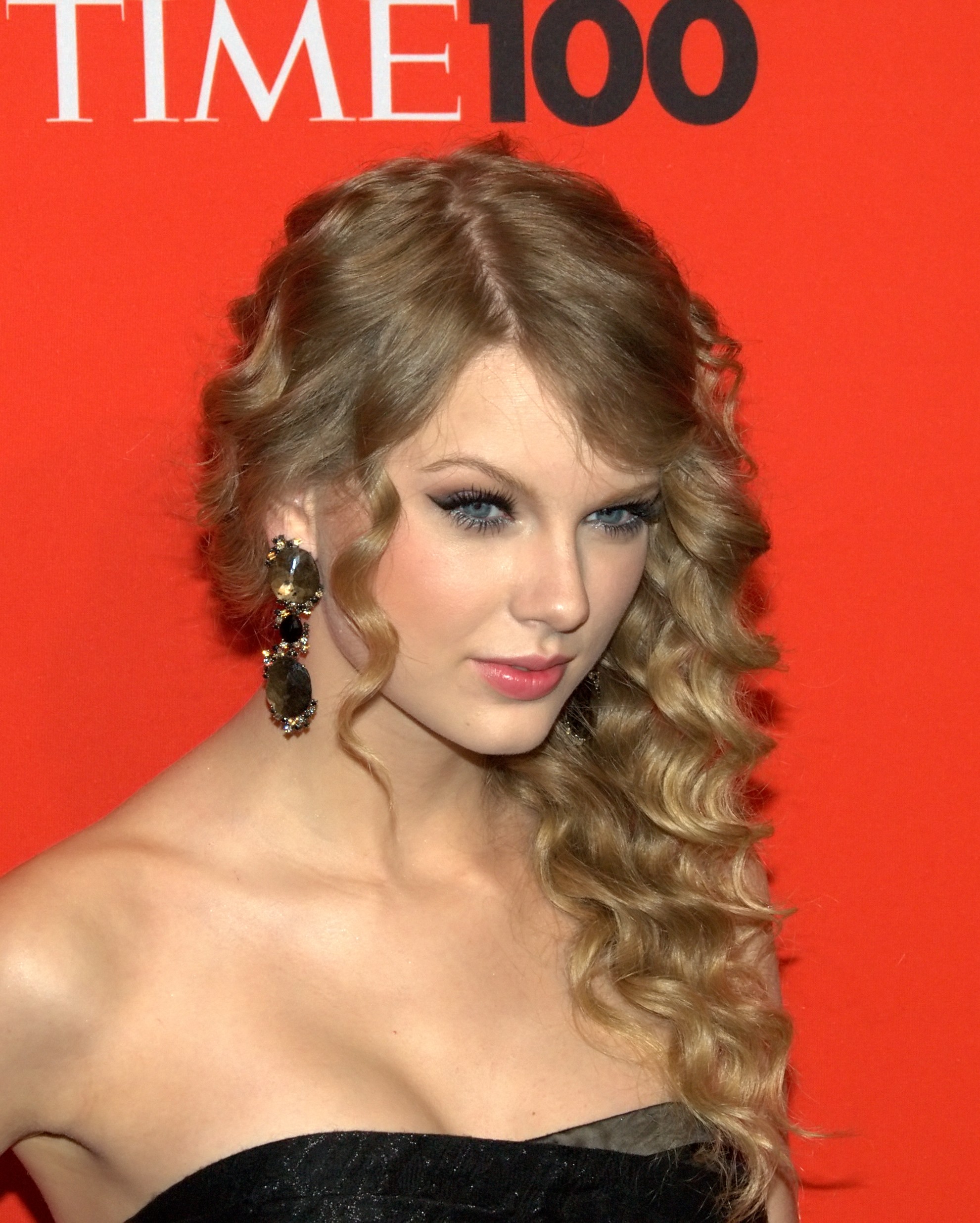Taylor Swift (photo by David Shankbone). The physical appearance of Europeans seems to result from a selection pressure that acted primarily on women and only secondarily on men. This is especially true for highly visible traits on or near the face—the focus of visual attention.
I have just published a paper on "The puzzle of European hair, eye, and skin color." The introduction is reproduced below (reference citations have been removed for ease of reading). The full text is available here.
****************************************************
Most humans have black hair, brown eyes, and brown skin. Europeans have a different color scheme, their hair being also brown, flaxen, golden, or red, and their eyes also blue, gray, hazel, or green. Finally, their skin is pale, almost like an albino's.
How did this unusual color scheme come about? Perhaps the genetic change that lightened the skin also affected the hair and the eyes. Yet the genes are different in each case. European skin lightened mainly through the appearance of new alleles at three genes: SLC45A2, SLC24A5, and TYRP1. European hair color diversified through a proliferation of new alleles at MC1R. European eye color diversified through a proliferation of new alleles in the HERC2-OCA2 region and elsewhere.
Light skin is associated with a few of the new hair and eye color alleles, particularly the ones for red hair or blue eyes. Conceivably, these alleles may be a side effect of selection for lighter skin. But why would such selection increase the total number of alleles for hair and eye color, especially when so many of them have little or no effect on skin color? And why have neither red hair nor blue eyes reached fixation in any human population, even those with milk-white complexions?
The European color scheme has another puzzling aspect. It seems to result from a selection pressure that acted primarily on women and only secondarily on men:
- Hair color varies more in women than in men. Redheads are especially more frequent among women.
- Eye color varies more in women than in men when both copies of the so-called blue-eye allele are present, the result being a greater diversity of female eye colors wherever blue eyes are the single most common phenotype, i.e., in northern and eastern Europe.
- Blue eyes are associated in men with a more feminine face shape.
- In all human populations, women are paler than men after puberty. This post-pubescent lightening is due to sexual maturation and not to differences in sun exposure. In women, lightness of skin correlates with thickness of subcutaneous fat and with 2nd to 4th digit ratio—a marker of prenatal estrogenization. Admittedly, this sex difference is not greater in Europeans than in other populations, although it could not easily be otherwise, since Europeans are so close to the physiological limit of depigmentation.
While women are more diverse than men both in hair and eye color, this greater diversity came about differently in each case. With hair color, women have more of the intermediate hues because the darkest hue (black) is less easily expressed. With eye color, women have more of the intermediate hues because the lightest hue (blue) is less easily expressed.
In sum, European hair and eye color diversified through a selection pressure that acted on different genes via different pigmentary changes. The common denominator seems to be the creation of new visual stimuli on or near the face—the focus of visual attention.
Reference
Frost, P. (2014). The puzzle of European hair, eye, and skin color, Advances in Anthropology, 4, 78-88.
http://www.scirp.org/journal/PaperInformation.aspx?PaperID=46104